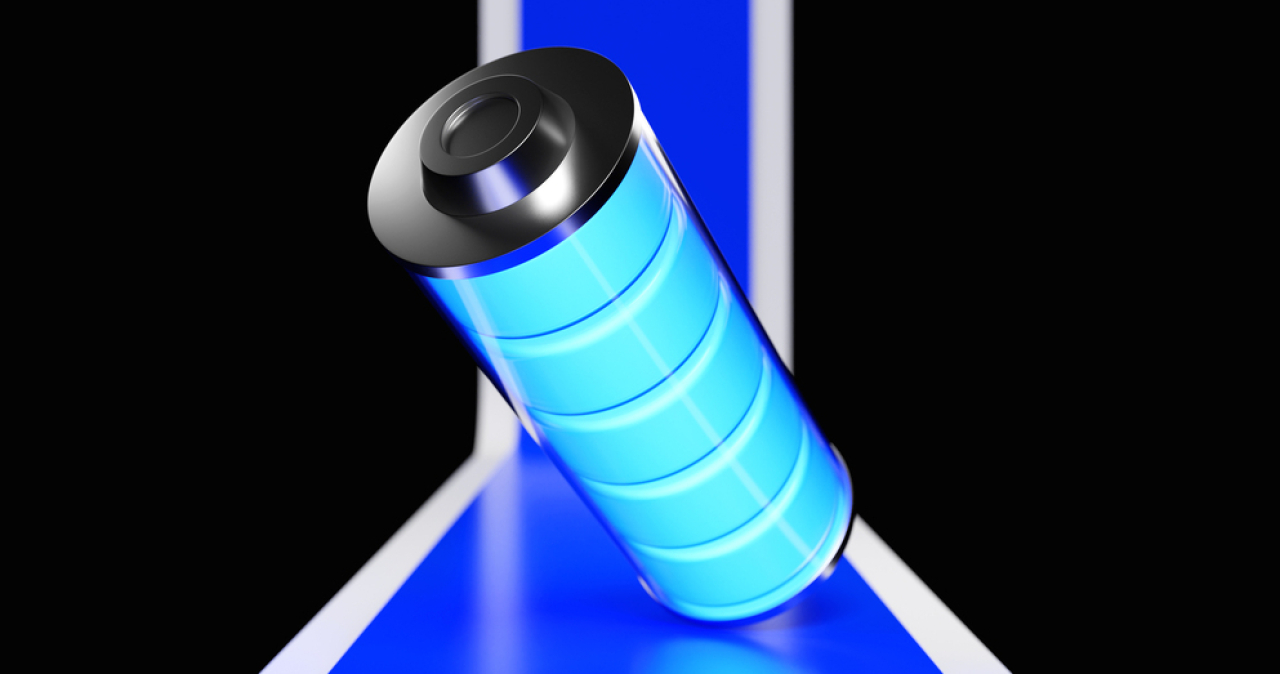The BFS (Blow-Fill-Seal) system plays a pivotal role in this context, offering an automated solution that ensures precision, efficiency, and quality control in battery production. So what exactly is this BFS filling system? How does it revolutionize battery factory operations? Lets delve into these intriguing aspects.
Understanding bfs filling system
The BFS filling system is a sophisticated technology used extensively in various industries, including pharmaceuticals and food processing - and now its making waves in battery manufacturing too. This system uses automation to precisely fill batteries with electrolytes or other necessary substances. It employs sterile, closed-loop systems to prevent contamination while ensuring consistent quality.
The process begins with the creation of containers (in this case, batteries) using extruded plastic that is blow-molded into desired shapes. These containers are then immediately filled with the required substances and sealed - all within the same machine without human intervention. This not only enhances operational efficiency but also minimizes errors that could potentially compromise product quality.
Adopting BFS filling systems can be transformative for a battery factory. It allows manufacturers to meet growing market demands without compromising on product quality or safety standards. Moreover, it reduces waste generation due to its precise filling capabilities - an essential factor considering increasing environmental concerns worldwide.
Bfs system transforming battery factories
As battery-powered devices continue to proliferate, the pressure on battery factories to ramp up production without compromising quality is immense. This is where the BFS system shines. By automating the filling process, it allows manufacturers to increase their production capacity while maintaining high-quality standards.
The BFS system also offers significant cost savings in the long run. It reduces labor costs by minimizing manual intervention and also cuts down on waste generation due to its precision filling capabilities. Furthermore, by ensuring a sterile environment for filling, it eliminates potential contamination risks that could lead to product recalls or other costly issues.
In an increasingly competitive market, adopting advanced technologies like the BFS filling system can provide a significant edge for a battery factory. It not only enhances operational efficiency but also ensures consistent product quality - factors that are key to gaining consumer trust and achieving business success in todays world.
Implications of bfs system in battery factory
The implementation of the bfs filling system in a battery factory brings about several benefits that cannot be overlooked. This method not only increases efficiency but also reduces waste, thus leading to cost savings. The precision and accuracy of the bfs system ensure that each cell is filled to its optimal level, maximizing the performance and lifespan of the batteries. But what does this mean for the consumers?
For starters, it means longer-lasting batteries at potentially lower costs. It also translates to less environmental impact due to reduced waste. The optimized battery production filling technology is therefore not just an advancement for manufacturers, but a game-changer for consumers as well.
In conclusion, understanding and implementing the bfs filling system in a battery factory is key to optimizing battery production. Its a win-win situation for both manufacturers and consumers - improved efficiency and cost-effectiveness on one hand, and high-quality, long-lasting batteries on the other. Isnt it time we all embraced this technology?

